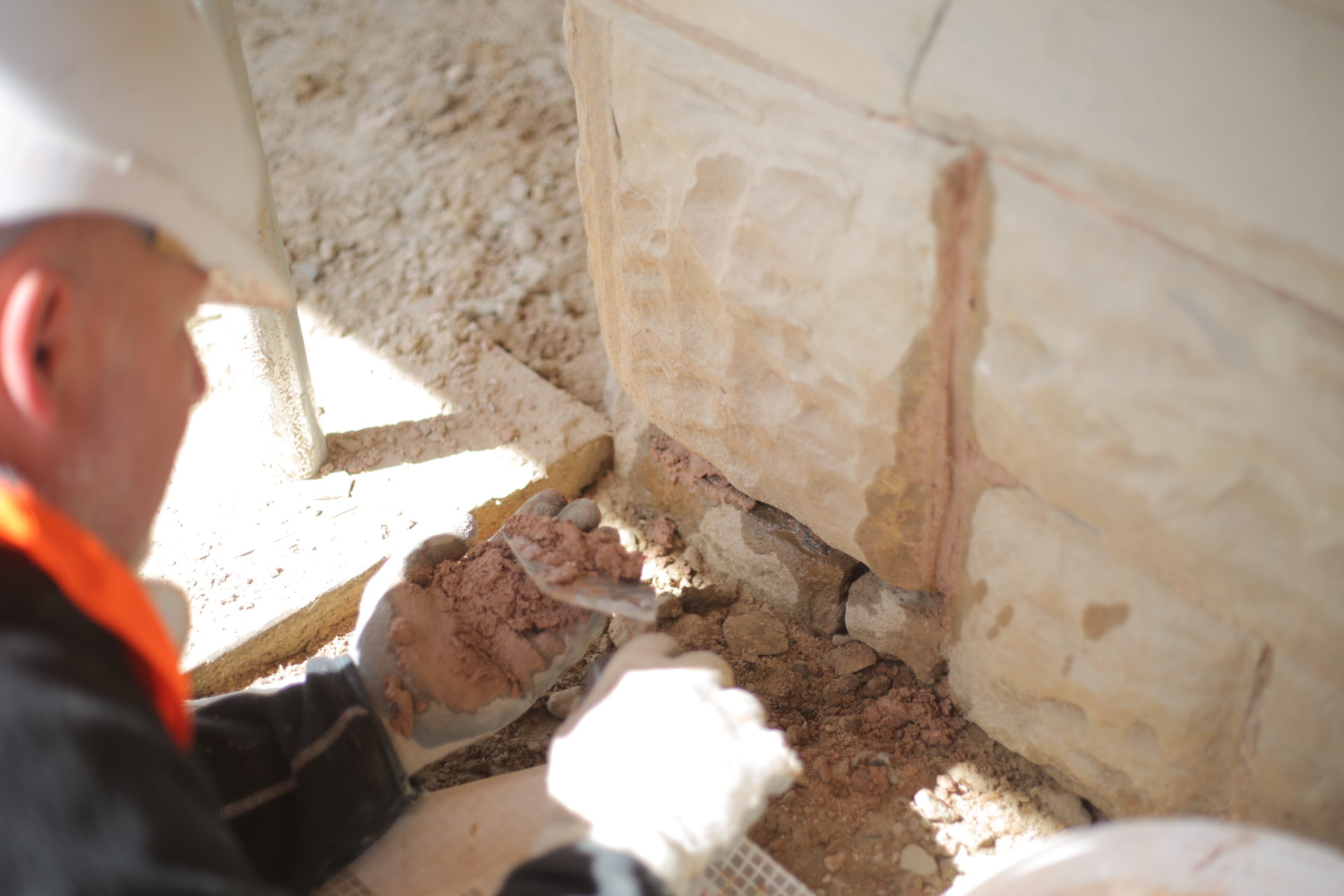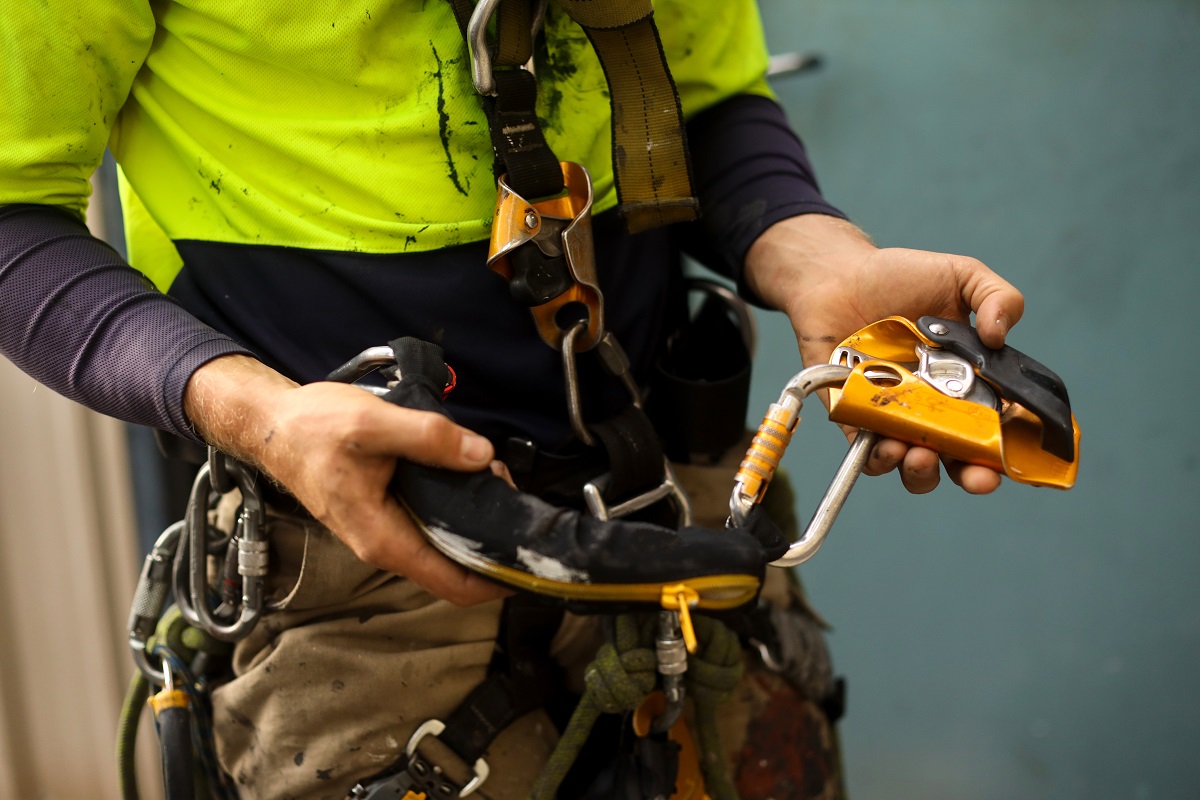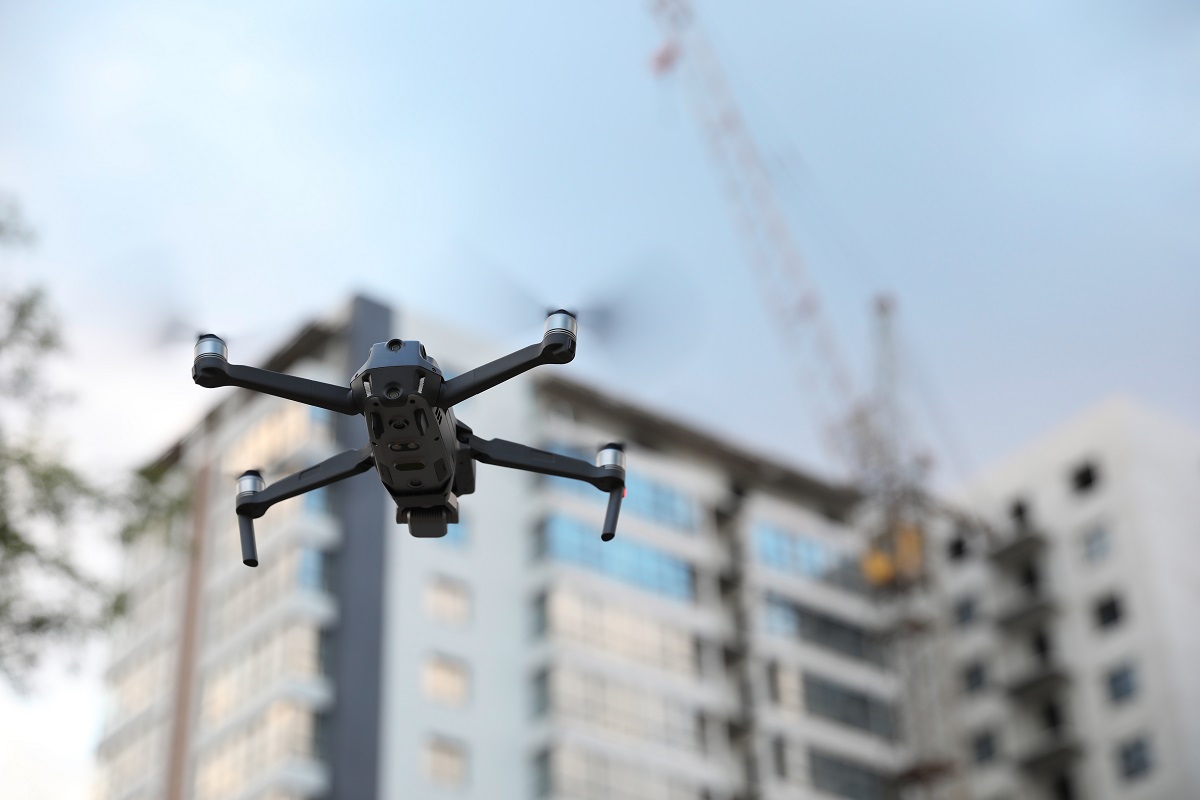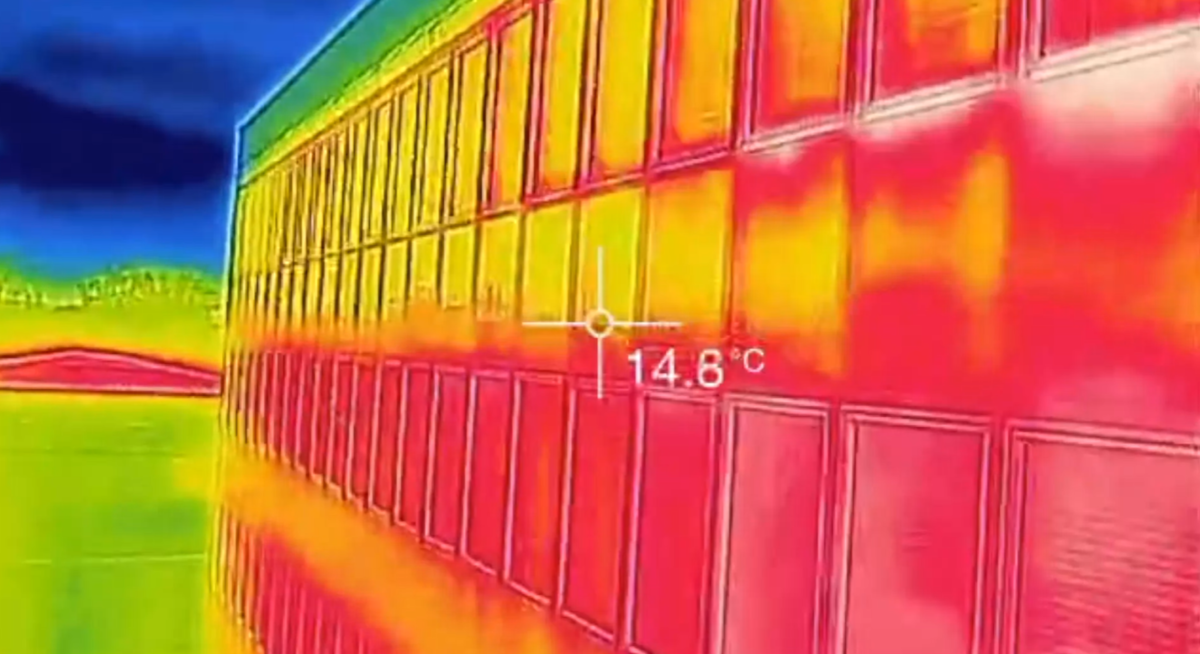You may not have heard of tuck-pointing or repointing, never mind understand what the words mean. And that’s a good thing. When you are confronted with either of these terms by a workman, you have a problem with the brickwork on your building.
Both tuck-pointing and repointing involve adding new mortar joints to a brick building ie the wall or chimney. With tuck-pointing you are using two different colours of mortar to improve the appearance of the mortar joints. With exterior repointing you are digging out the mortar joints and refilling them.
The mortar joints are the most vulnerable part of a brick building. The bricks themselves can last for up to a century, but the mortar joints can start to show signs of wear after a couple of decades. If they aren’t repaired quickly enough, then the damage to the structure will get worse and it will weaken. It may even start to fall down. For this reason, it is especially important to check the mortar joints and brickwork after a major storm.
It is also important to make sure you are using the correct type of mortar in the first place. That’s because using mortar which is too strong may actually make the building worse and weaken it further. To prevent this a similar type and strength of mortar as the original must be used. This is why both tuck-pointing and repointing should always be carried out by a professional who is familiar with the variety of mortar available today.
What is tuck-pointing?
When filling in minor cracks in mortar joints using tuck-pointing, one of the colours will match the brickwork while the other will be used to mark out the mortar joints. This makes the joints appear thinner and neater. Tuck-pointing is your first line of defence and more of a preventative rather than a restorative activity. If the joints start to become damaged, though, then you may have to look at external repointing for the building.
What is repointing?
Filling in and repairing damaged and crumbled joints in brickwork is called exterior repointing. The resealing of these joints prevents water from seeping into the brickwork and weakening the building’s structure. Repointing should only be done to the mortar joints. If bricks are damaged or coming loose then it may be that the wall needs rebuilt from scratch.
Signs you should consider repairing the mortar
- You can see gaps between the bricks and mortar
- There are hairline cracks in the mortar itself
- When you touch the mortar, it crumbles in your hand
- The mortar has eroded by up to six millimetres in parts of the wall
Get in touch
It’s sometimes necessary to have tuck-pointing and external repointing of a building carried out at the same time. Certainly, doing so makes economic sense if that’s the case. To find out about our services – including dust-free tuckpointing – here at Building Transformation, via the Contact Us page












